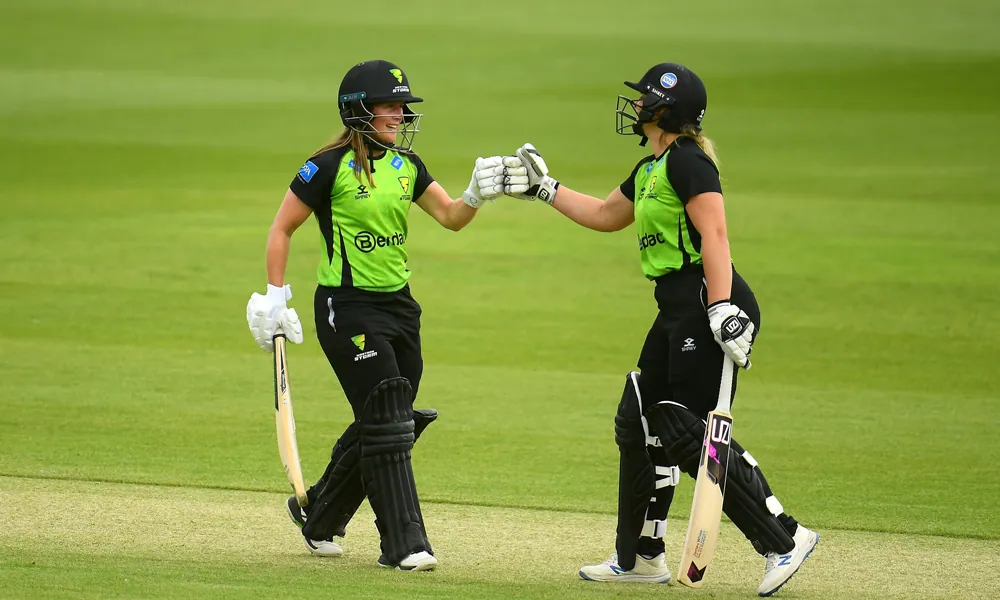Breaking Boundaries: Women's Cricket's Journey from Inception to Global Recognition

Women's cricket, once overshadowed by its male counterpart, has risen steadily to achieve international acclaim, thanks to the dedication and talent of female athletes around the world. This blog traces the evolution of women's cricket, highlighting key milestones, challenges overcome, and the growing recognition that has propelled the sport into the global spotlight.
Early Beginnings: Pioneers of Women's Cricket
Women's cricket traces its roots back to the late 19th century, with the first recorded match taking place in 1745 in England. However, it wasn't until the late 20th century that organized women's cricket began to gain momentum, particularly in England, Australia, and New Zealand. The formation of women's cricket associations and leagues laid the foundation for what would become a thriving global sport.
Path to International Recognition
The International Women's Cricket Council (IWCC), established in 1958, played a pivotal role in organizing international competitions and promoting the sport globally. The inaugural Women's World Cup was held in 1973 in England, marking a significant milestone in the formalization of women's cricket on the world stage. Over the decades, the number of participating nations and the quality of competition have steadily increased, reflecting the sport's growing popularity and professionalism.
Rise of T20 Cricket and Global Competitions
The advent of T20 cricket revolutionized women's cricket by introducing a faster-paced, more dynamic format that appealed to a wider audience. The ICC Women's T20 World Cup, first held in 2009, provided a platform for teams to showcase their skills and compete at a global level. The tournament's success has since led to increased visibility, media coverage, and fan engagement, elevating the status of women's cricket to new heights.
Role Models and Inspirational Figures
Throughout its evolution, women's cricket has produced numerous iconic players who have become role models and ambassadors for the sport. Players like Belinda Clark, Charlotte Edwards, Mithali Raj, Ellyse Perry, and Meg Lanning have not only excelled on the field but also championed gender equality and inspired future generations of female cricketers worldwide.
Breaking Barriers and Challenging Stereotypes
Women's cricket has faced its share of challenges, including unequal funding, limited opportunities for competitive play, and societal perceptions. However, dedicated efforts by cricketing bodies, sponsors, and advocates have helped break down barriers, expand opportunities, and promote gender inclusivity within the sport. Initiatives such as increased broadcasting, grassroots development programs, and equal prize money have contributed to the ongoing growth and recognition of women's cricket globally.
The Road Ahead
Looking ahead, women's cricket continues to thrive with an expanding calendar of international fixtures, leagues like the Women's Big Bash League (WBBL) and The Hundred, and participation in multi-sport events like the Commonwealth Games. The commitment to developing talent, enhancing infrastructure, and promoting the sport at all levels ensures that women's cricket will continue to evolve, inspire, and captivate audiences around the world.
Conclusion
In conclusion, the journey of women's cricket from its humble beginnings to global recognition is a testament to the resilience, talent, and determination of female athletes. Through dedication, advocacy, and progressive initiatives, women's cricket has transcended barriers, shattered stereotypes, and earned its rightful place alongside men's cricket on the global stage. As the sport continues to grow and evolve, the future of women's cricket shines bright, promising even greater achievements and milestones yet to be realized.

